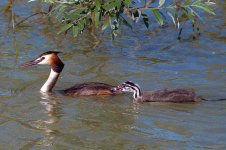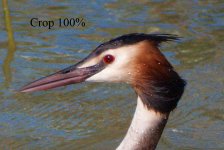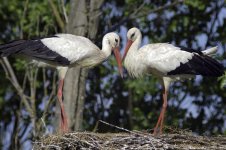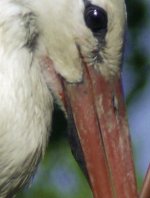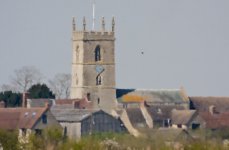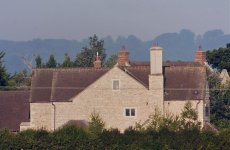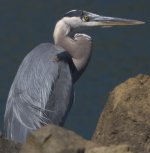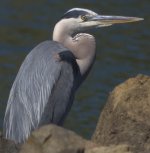Hi,
I got my ed80 and I had only a pair of opportunities to test it.
Here some shots with the Ed80+ kenko pro 1.4x.
Do you think that the sharpness meets what we have to expect from the ed80? Or is it a bit softer?
Thanks
I got my ed80 and I had only a pair of opportunities to test it.
Here some shots with the Ed80+ kenko pro 1.4x.
Do you think that the sharpness meets what we have to expect from the ed80? Or is it a bit softer?
Thanks




